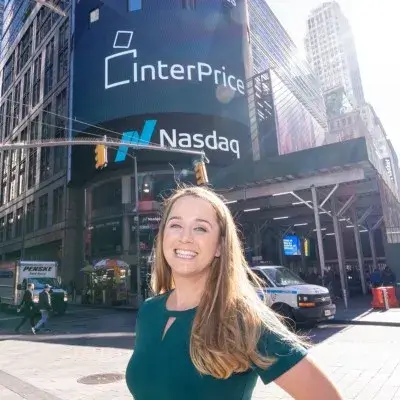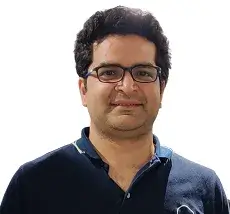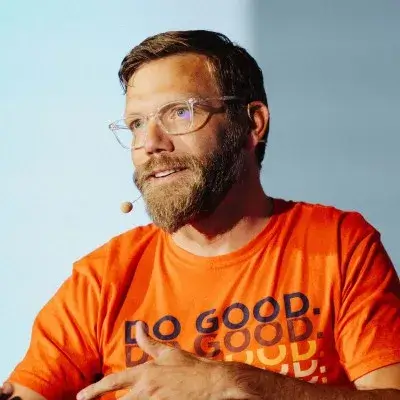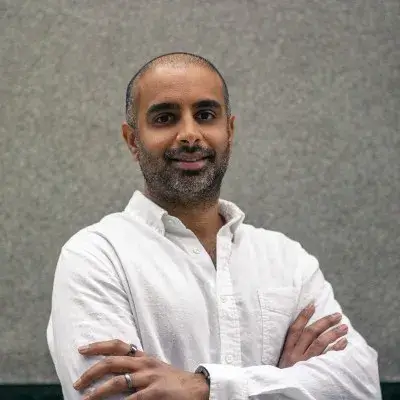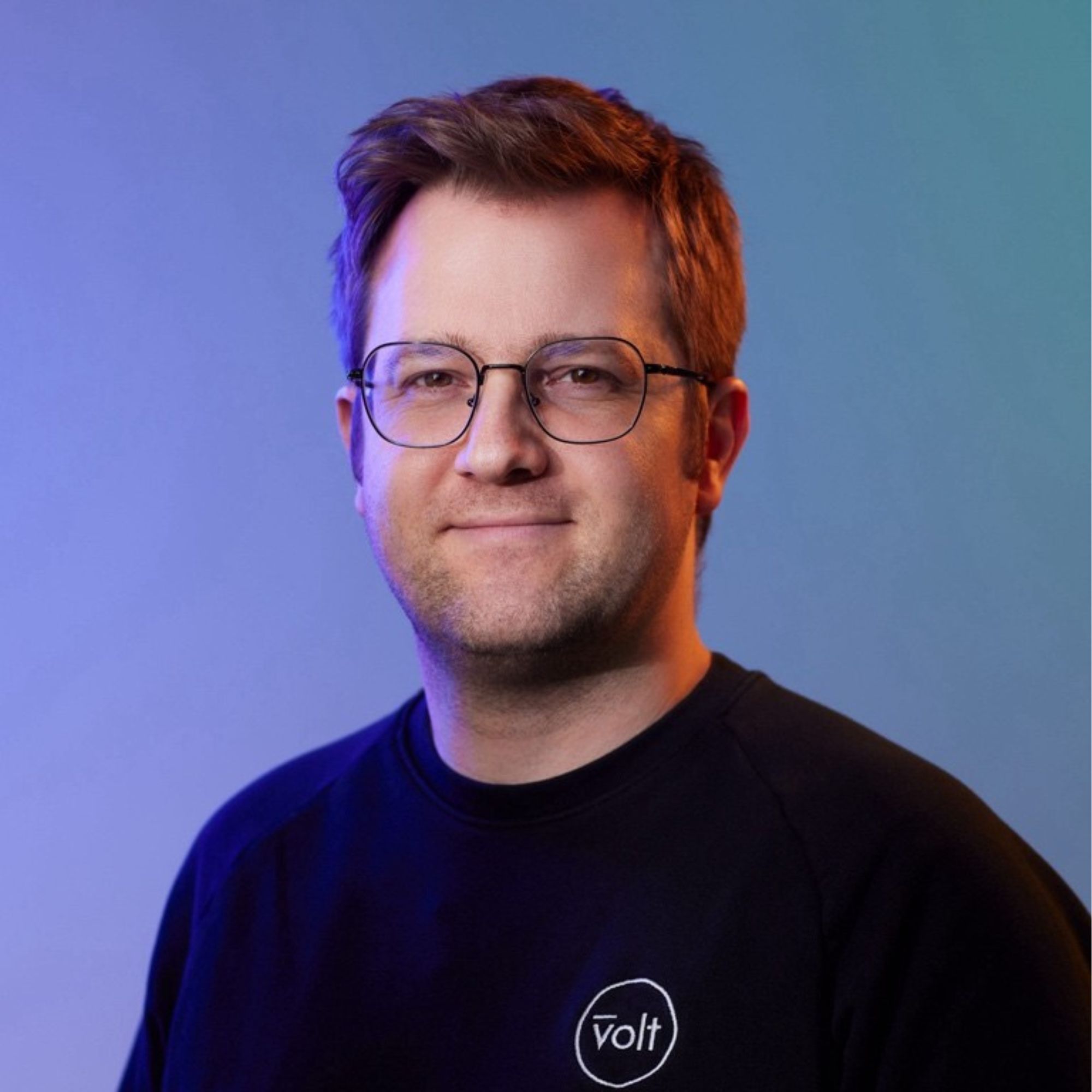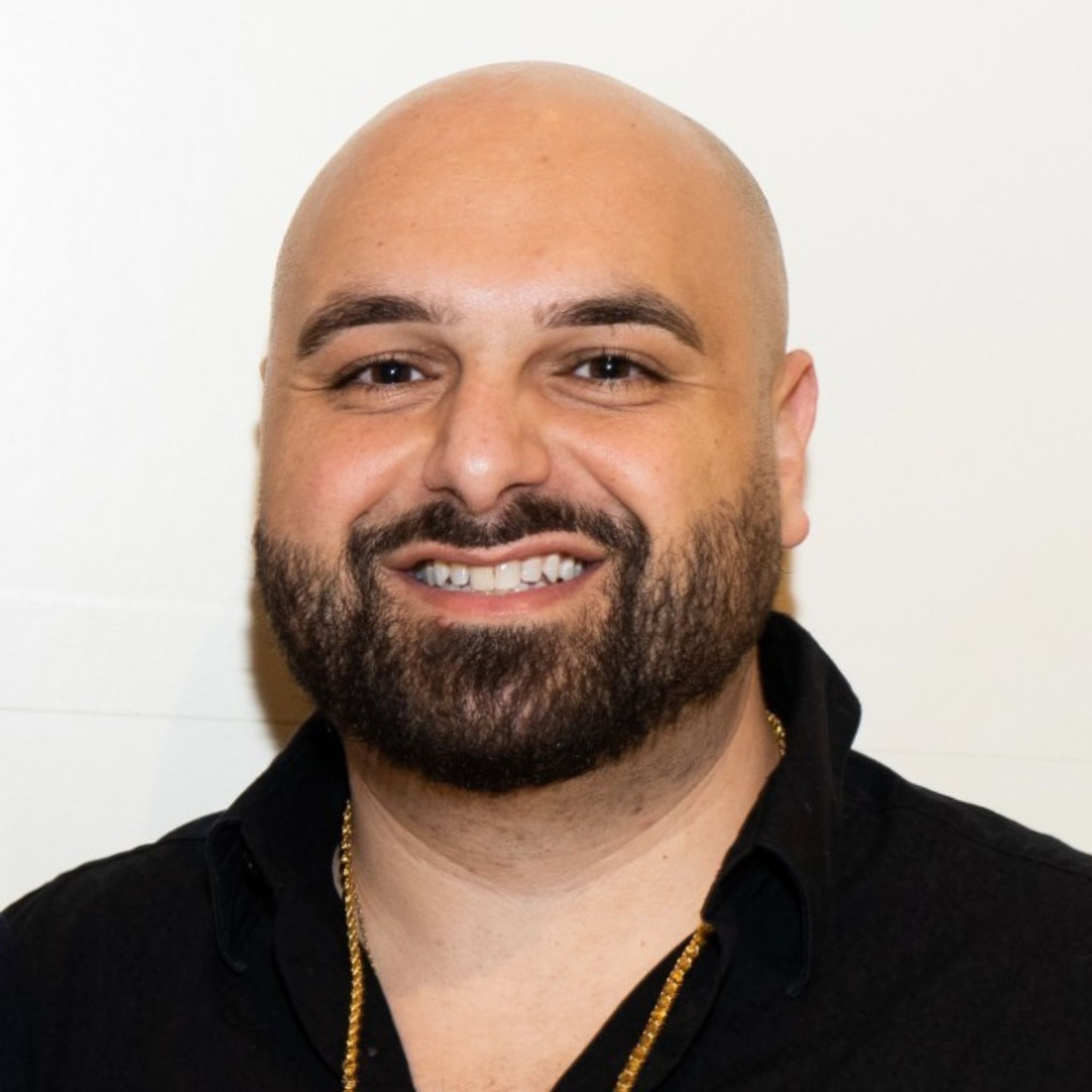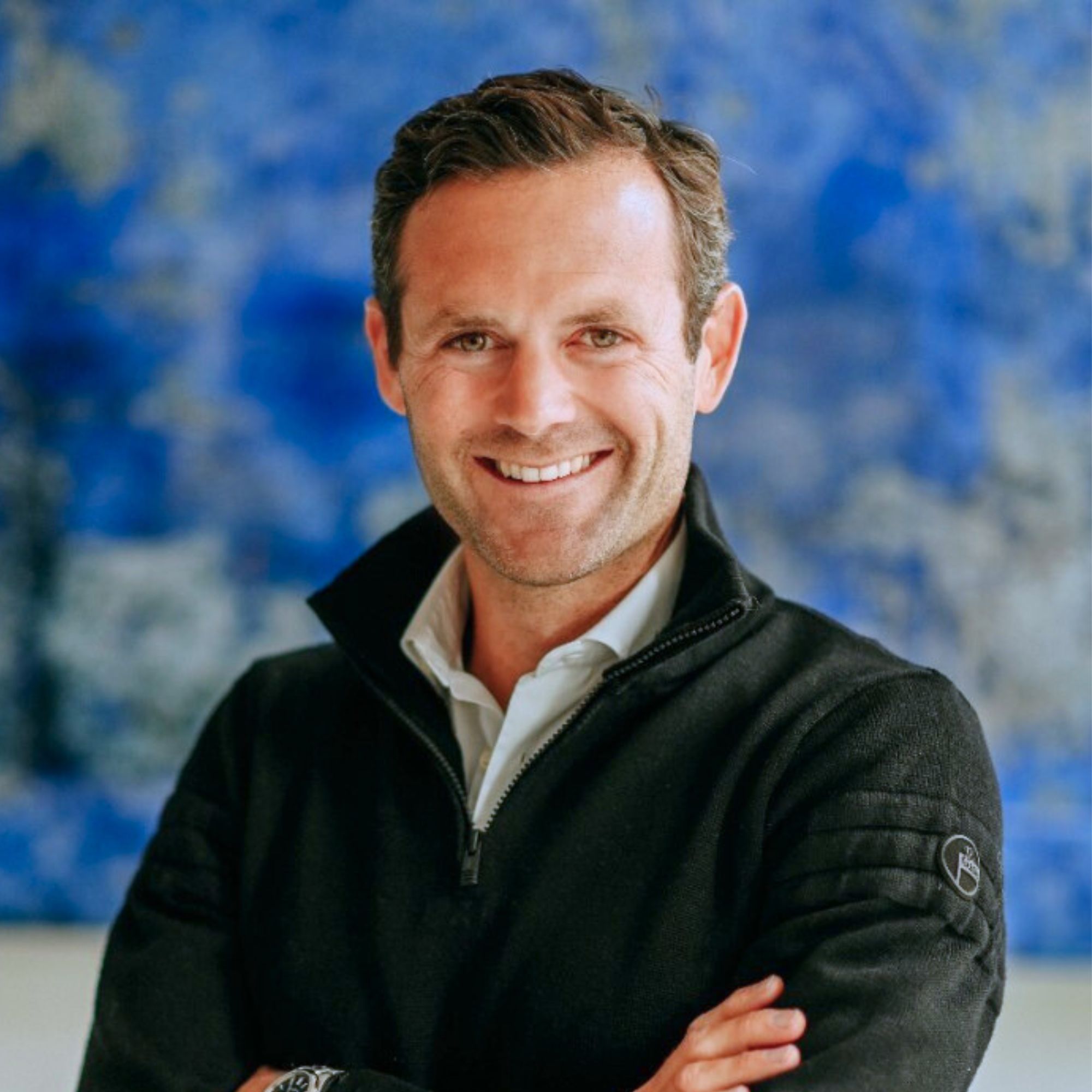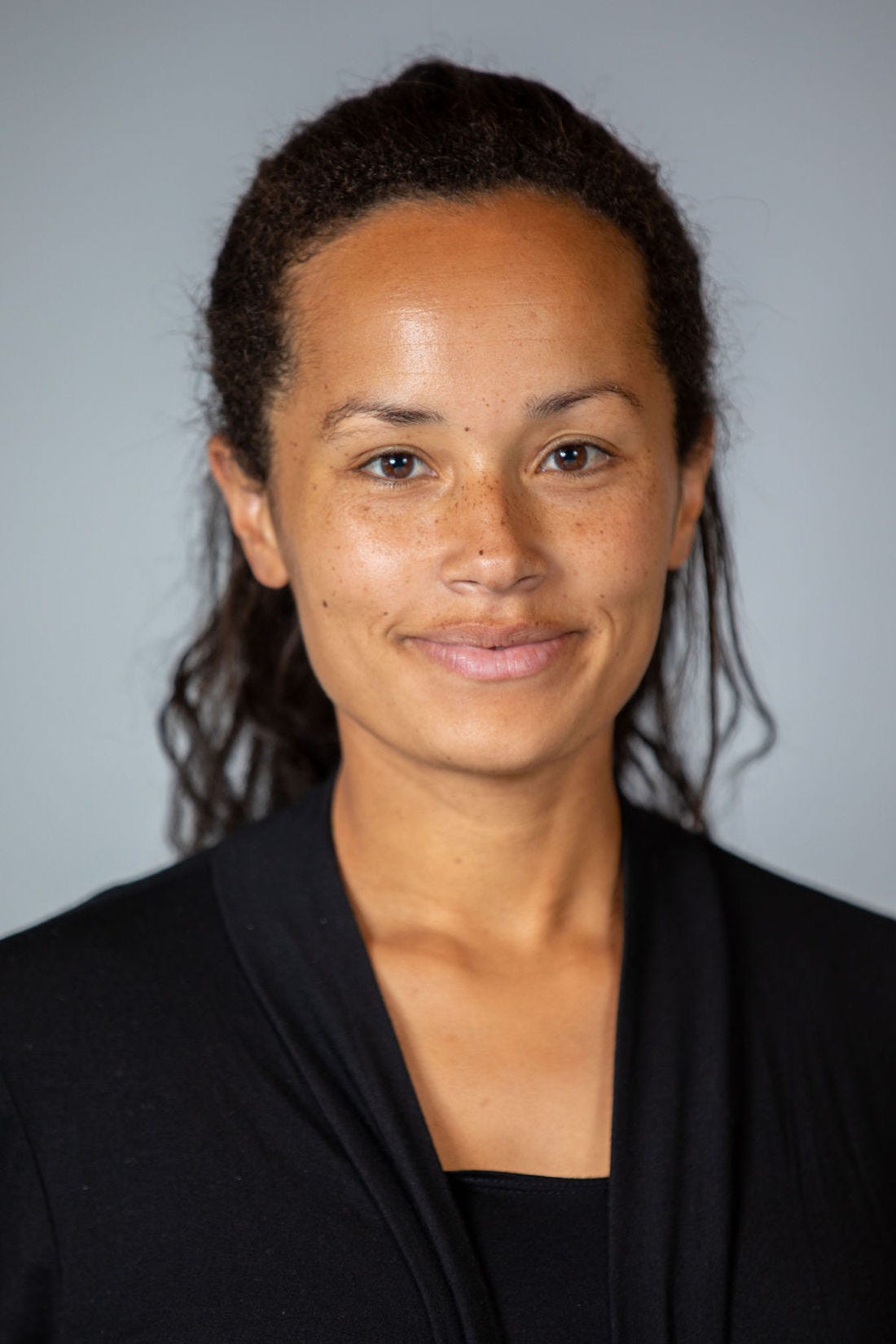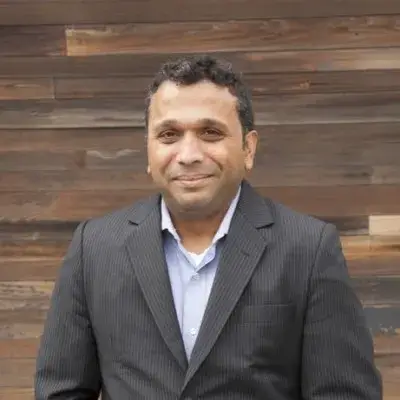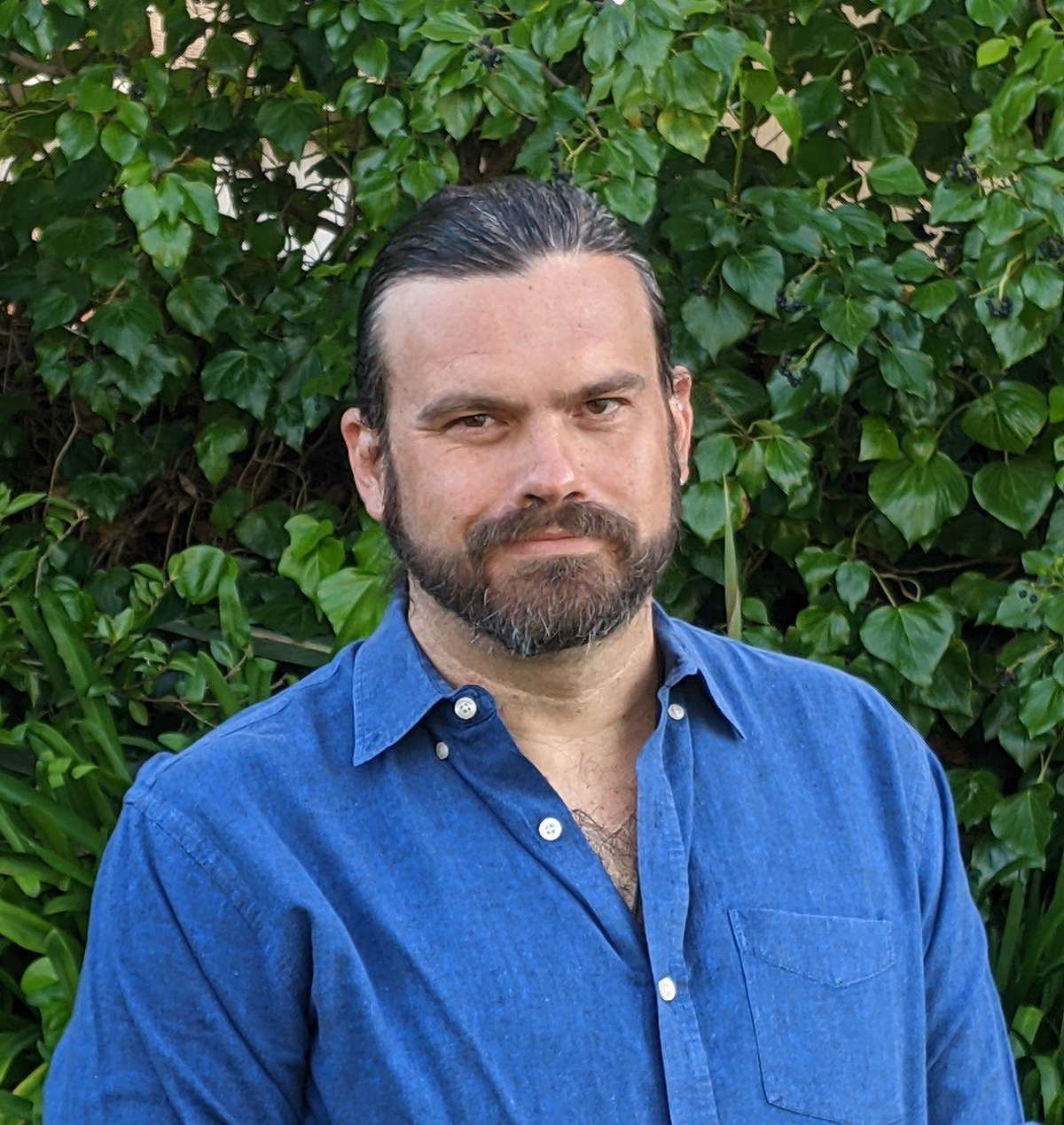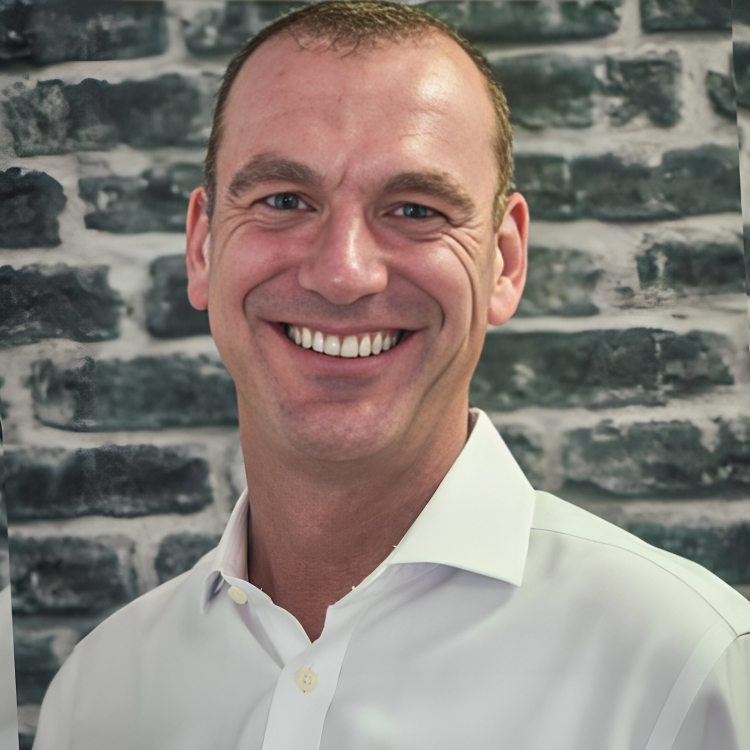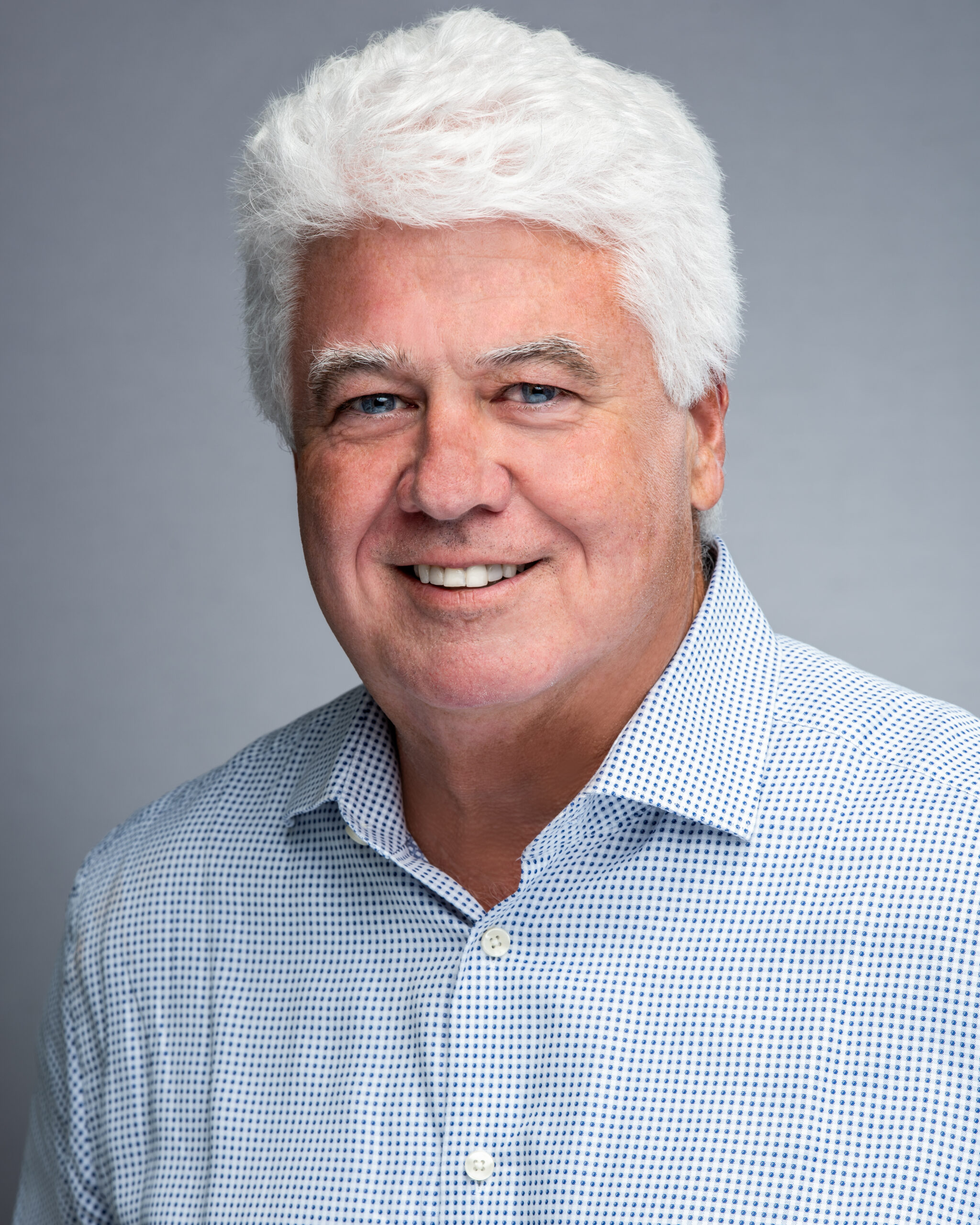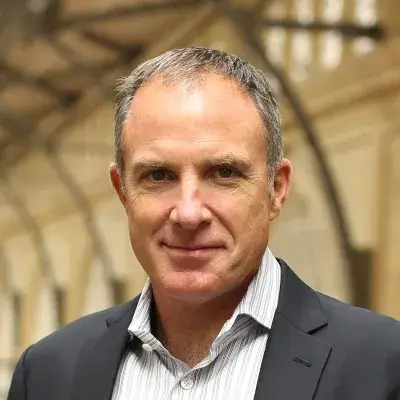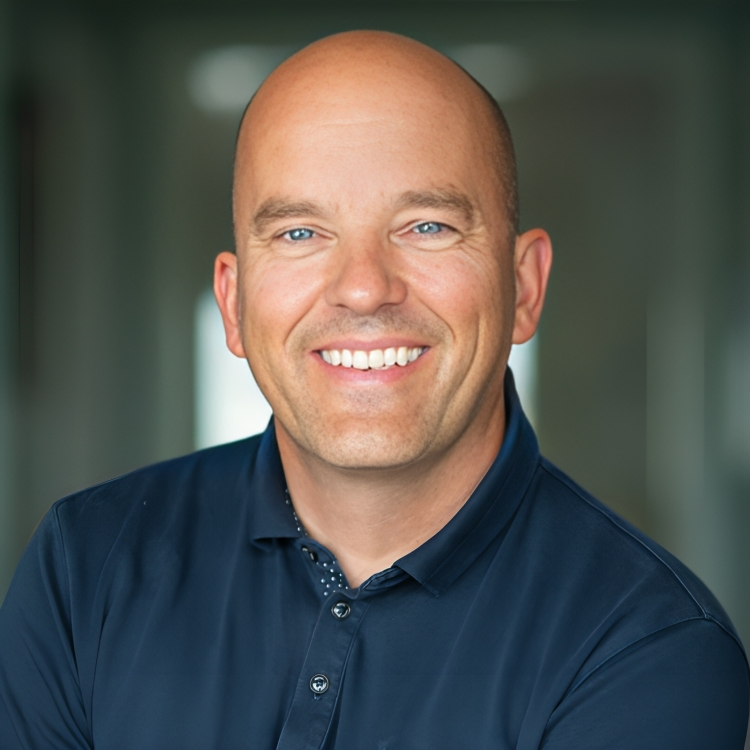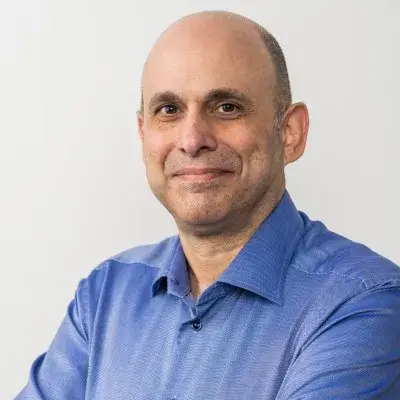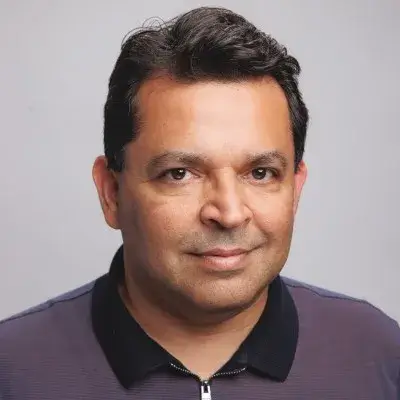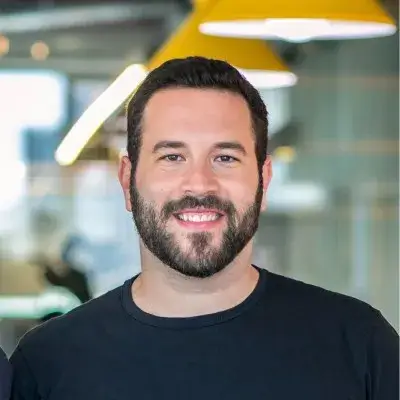Ready to launch your own podcast? Book a strategy call.
Frontlines.io | Where B2B Founders Talk GTM.
Strategic Communications Advisory For Visionary Founders
Conversation
Highlights
From BBS to Banking: How This Founder is Reimagining Digital Banking Experiences
At age 15, Ben Goldin was already running a BBS (Bulletin Board System) from his home in Lithuania, much to his parents’ dismay. “This thing was driving my parents crazy with all the nerdy modem sounds coming in all day,” he recalls. That early passion for technology would eventually lead him to spend nearly 25 years building banking technology, culminating in his current venture as the founder of Plumery.
In a recent episode of Category Visionaries, Ben shared how his teenage fascination with technology and an early, frustrating experience with banking would shape his career trajectory and eventually lead to founding a company that’s pioneering a new approach to digital banking experiences.
The Genesis Story: When Personal Pain Points Meet Professional Opportunity
Ben’s journey into banking technology began with his own first banking experience. “I had to get permission from my parents, obviously, and I experienced a very clunky, slow and unreliable interface of a traditional bank,” he explains. “And I said, gosh, if I would have a chance to change that sometime in the future, that would be awesome.”
That early frustration would prove prophetic. After serving as the CTPO of Mambu, a leading cloud-based core banking platform serving over 300 customers across 60 countries, Ben noticed a persistent pattern: banks were repeatedly building the same digital experiences, often failing on their first attempt.
Creating a New Category in Banking Technology
Rather than simply offering another banking software solution, Ben’s company Plumery is pioneering what he calls “the first headless digital engagement platform” in banking. This approach represents a significant departure from traditional banking software, borrowing successful patterns from e-commerce and content management while adapting them to banking’s unique needs.
“We recognize the importance for banks to differentiate themselves and innovate where it matters the most,” Ben explains. “But we also acknowledge that there are things that banks would better take out of the box.”
The Buy vs. Build Dilemma: Finding a Third Way
Perhaps the most innovative aspect of Plumery’s approach is how it resolves a longstanding tension in banking technology. Instead of forcing banks to choose between buying everything out of the box or building everything from scratch, Plumery promotes what Ben calls a “buy for feature parity and build for competitive edge” approach.
This hybrid model allows banks, particularly mid-sized and smaller institutions, to implement standard features quickly while maintaining the flexibility to innovate where differentiation matters most. It’s an approach that acknowledges both the resource constraints and competitive pressures these institutions face.
Lessons in Early-Stage Growth
For B2B founders, Ben’s experience offers valuable insights into early-stage company building. His advice? “Don’t be too serious. Keep it simple and relaxed,” he shares. “We sometimes take things too seriously, right. We sometimes are too afraid of doing things we don’t feel confident about our own instinct and thoughts.”
This philosophy extends to his approach to fundraising. Having raised $4.5 million, Ben emphasizes the value of strategic networking, particularly the importance of connecting with well-networked angel investors who can create momentum and generate inbound interest from other investors.
A Vision Beyond Features
While Plumery’s immediate focus is on solving technical challenges, Ben’s ultimate vision extends far beyond software features. “My vision was always to change the way how people experience banking and do that for a meaningful number of people globally,” he states.
This combination of technical innovation and customer-centric vision offers a valuable template for B2B founders: the most successful enterprise platforms will be those that enable their customers to better serve end-users, rather than just providing technical capabilities.
For founders building in mature markets, Plumery’s story demonstrates how combining domain expertise, innovative technology approaches, and a clear vision for user experience can create opportunities even in well-established industries. Sometimes, the most significant innovations come not from creating entirely new technologies, but from fundamentally rethinking how existing technologies can be combined and deployed to solve persistent problems.
Actionable
Takeaways
Identify Pain Points Through Personal Experience:
Ben's motivation to transform the banking experience stemmed from his own frustrating interactions with traditional banks as a teenager. Founders should look for opportunities to solve problems they've encountered firsthand, as this personal connection can fuel their passion and provide valuable insights into user needs.
Combine Out-of-the-Box Solutions with Customization:
Plumery's "buy plus build" approach recognizes that banks need both standardized features for parity and the ability to differentiate through custom development. When designing products for complex industries, consider how to balance pre-built functionality with flexibility and extensibility.
Apply Proven Principles from Adjacent Industries:
By bringing headless architecture, a proven concept in e-commerce and content management, to the banking sector, Plumery is introducing a novel solution to a traditional industry. Founders should look for opportunities to adapt successful strategies and technologies from related fields to solve problems in their target market.
Leverage Founder Expertise and Networks for Fundraising:
As a repeat founder with extensive domain knowledge, Ben had an advantage in raising capital for Plumery. Entrepreneurs should highlight their relevant experience and cultivate relationships with well-connected investors who can help generate interest and momentum in their fundraising efforts.
Trust Your Instincts and Maintain Perspective:
Ben's advice to his younger self underscores the importance of staying grounded and confident as a founder. While the challenges of building a startup can feel overwhelming at times, it's crucial to trust your gut, maintain a healthy perspective, and not take things too seriously.

